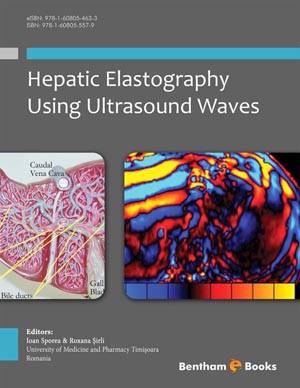Abstract
US is defined as acoustic waves with higher frequencies than those that can be detected by the human ear, ranging from about 20 kHz to several hundred MHz. Medical US typically uses waves ranging from 1 to 15 MHz. A typical US transducer employs an array of piezoelectric elements to generate short duration, broadband pulses. The array size determines the imaging system’s aperture. The same transducer also receives the backscattered signals which are then processed in order to obtain the US image of the explored region. Elasticity is the physical property of materials to return to their original shape after removing the force that caused the deformation. A complementary concept of elasticity is stiffness, which is a measure of the resistance opposed by an elastic material to deformation. Quantitative elastography is based on shear waves production, tracking and detection. Different elastography methods use different techniques for generating and tracking shear waves, but the stiffer the tissue is, the higher the shear wave velocity is. Also liver stiffness increases with the severity of fibrosis, since scaring tissue is less elastic than the normal liver parenchyma.
Keywords: Ultrasound waves, elasticity, stiffness, shear waves, liver fibrosis.






















